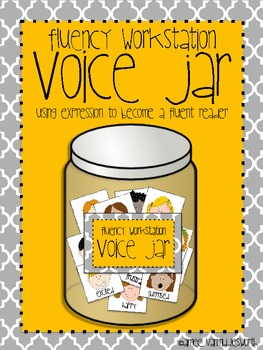Guiding Reading in the Primary Classroom
Guided Reading: Good First Teaching for All Children by Irene C. Fountas and Gay Su Pinnell. Heinemann Publishers, 1996.
The goal for guided reading is for students to use strategies such as context clues, letter and sound knowledge, and syntax or word structure to help them become more fluent readers. This article talks about different steps for guided reading.
Before reading: Set the purpose for reading, introduce vocabulary, make predictions, talk about the strategies good readers use.
During reading: Guide students as they read, provide wait time, give prompts or clues as needed by individual students, such as "Try that again. Does that make sense? Look at how the word begins."
After reading: Strengthen comprehension skills and provide praise for strategies used by students during the reading. (Mary Kreul)
Certain techniques are most useful when using guided reading. When putting your students in a group, you need to keep in mind their different reading levels and abilities. Also, you need to have a wide variety of different level books for eah of the students. Teachers should choose books that are easy enough for independent reading, meet the instructional goals for the group, and are interesting and motivating to students (Kreul,1996).
I really like the idea of having these cubes in my small groups I make for the class. Each group can take a turn by rolling a dice and answering the question that they roll. It seems like a fun way to answer questions about what they read instead of just writing the answers down on a piece of paper with a pencil. It mixes it up a bit.






